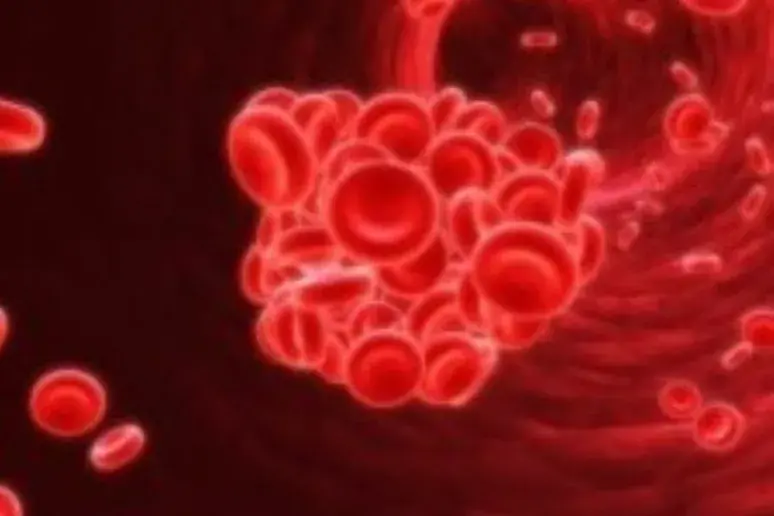
Treating other side of brain 'could help stroke patients'
Treating the side of the brain unaffected by a stroke could help patients to recover from the condition, according to a new study.
Most research focuses on the area surrounding the stroke event, but a growing number of scientists are beginning to study the role of the other side of the brain in aiding recovery.
Growth factors released by endothelial cells on both sides of the brain protect neurons, help ailing ones recover, and prompt the growth of new blood vessels to the stroke site, which needs blood and oxygen.
This activity attracts endogenous stem cells, helping to create what scientists are calling a "regenerative niche" that can minimise stroke damage - even if the new blood vessels never actually carry blood.
The uninjured side of the brain also benefits from these growth factors, and possibly a greater number of blood vessels, meaning it could be ready to take on more responsibility.
"It's still unclear what that hemisphere is really doing," said Dr Susan Fagan, stroke pharmacist at the Medical College of Georgia and the University of Georgia in the US. "Some people think it's just suppressing abnormal neurons firing in the damaged area. We think it's more active recovery."
Dr Fagan added that the other side could be taking up some of the functions of the damaged hemisphere. Functional MRI scans reveal these areas light up more in the recovery phase within a few days of stroke.
Researchers at Georgia Regents University have discovered that increasing expression of a powerful antioxidant - the enzyme superoxide dismutase - enabled blood vessels on the injured side to better control blood flow in a rat stroke model.
Superoxide dismutase is a naturally occurring antioxidant that can neutralise reactive oxygen species, of which large numbers are produced before and after stroke. These can directly kill cells and/or cause them to self-destruct.
Studies are also being carried out on an experimental drug that appears to upregulate the protective mechanisms of the opposite side, including helping restore control of blood flow, increasing production of neurotrophic factors, and creating new blood vessels, by manipulating the angiotensin receptor system.
Find the nearest Barchester care home.
Find your nearest Barchester care home
With over 200 care homes in the UK, there's always a Barchester care home near you.
